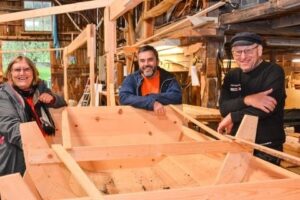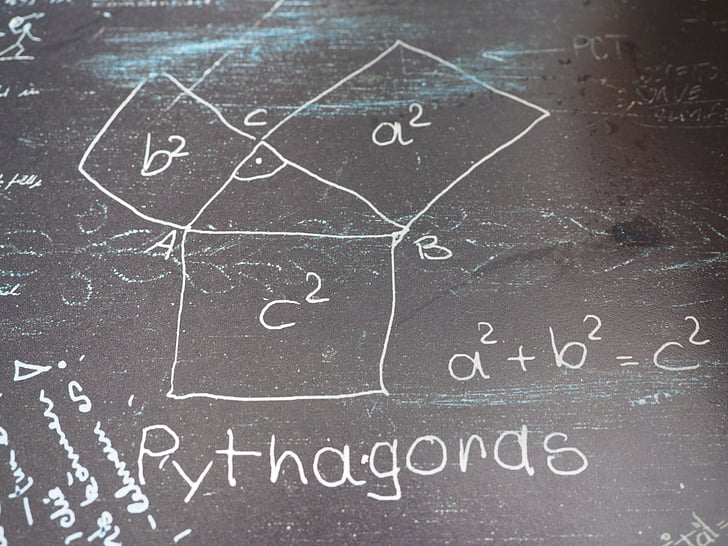No pre-requisites, but …

3 people, including Jon Jack, text that says “+ Karen og Jon gar pa kurs hos John for a bygge sin egen pram: Jeg skal fylle den med fisk og litt sjampanje”
I’m building a boat. A wooden boat, in a traditional hand-crafted way, I’m a student on a course on boat building, to build an Arendalspram, which is a traditional small Norwegian wooden rowboat, popular along the Skagerrak (love the sound of this word, its sounds so Viking, its the sea between Norway and Denmark) coast, anyway back to boats and building them and what on earth does this have to do with digital and online learning.
My partner works in the culture sector in the small town we live, who as part of her job will visit and meet with local craftspeople, artists, musicians anyone involved in the cultural sector in our small town. So, she met with one of the local boatbuilders who offer courses for people who would like to build boats, you can kind of guess how the conversation went and I was volunteered to join up.
My initial thoughts do they know my Norwegian is not perfect, as I have certainly not covered boat building and carpentry as part of my Introduction to the Norwegian language. Also, are there not pre-requisites skills for building something like a boat?
I was told no pre-requisites its for beginners (wonder what the Norwegian word for pre-requisites is).
So, Day 1. We start with a quick tour of the boat shed, which looks fairly treacherous, then a quick tour of some of the boats built, and some question on “hva vil du gjøre med båten din?” … errrrr “what, errrr row about a bit, maybe have the kids in it” thinking to myself should I be taking my children in a boat I have constructed with no prior knowledge of boat building and limited carpentry skills.
So, we go back to the boatshed, and the rest of the evening is a mix of Norwegian lesson and intro to the tools I need. “Salg” Saw, “høvel” plane, “huggjern” chisels … and on and on it went, I mean most of the stuff I kind of knew what it was, although again I asked, are you sure you don’t need to know how to use all these tools for this? Intro to tools aside, we get to it. the first thing we are going to do is create a mål (template) for our boat shape.
“Jon, do you know how to create. A straight edge using 3 – 4 – 5 technique? ” … me looking blank “errrrrrr …. ” he then turns to fellow student “Kjetil, can you show Jon how this is done?” the other student then asks how my maths is, while saying something about Pythagoras, while my heart and confidence sinks further and I start thinking to myself this is a nightmare, not only are there obviously some carpentry pre-requisites, but my less than stellar maths, skills will be highlighted for all to see. 
So it turns out in joinery carpentry 101 you should never assume a board or piece of wood has been cut correctly and on the level, and you can find out if it is straight by using 3 – 4 – 5 method.
“A 3–4–5 right triangle is a triangle whose side lengths are in the ratio of 3:4:5. In other words, a 3–4–5 triangle has the ratio of the sides in whole numbers called Pythagorean Triples. This ratio can be given as: Side 1: Side 2: Hypotenuse = 3n: 4n: 5n = 3: 4: 5.” Wikipedia
Is there a lesson for us here in what we do in Learning Design and course, yes most certainly? Be clear on what pre-requisites there are or are not, know your students and what they know or in my case don’t know. Maybe the other students didn’t know either but didn’t speak up J Stay tuned for more boat building updates with possibly tenuous links to digital education practice.
A Shortcut To Square: The 3-4-5 Method.
https://www.youtube.com/watch?v=sjvmTyFywG8




Hi Jon – you must read this: How To Build A Boat: A Father, his Daughter, and the Unsailed Sea – it’s on Amazon